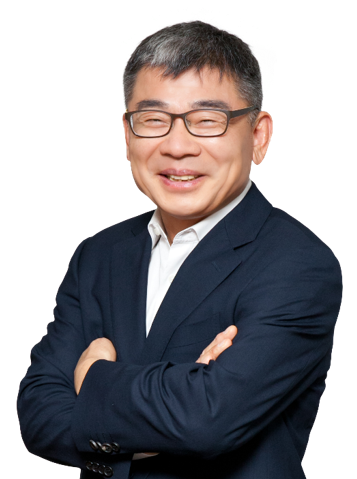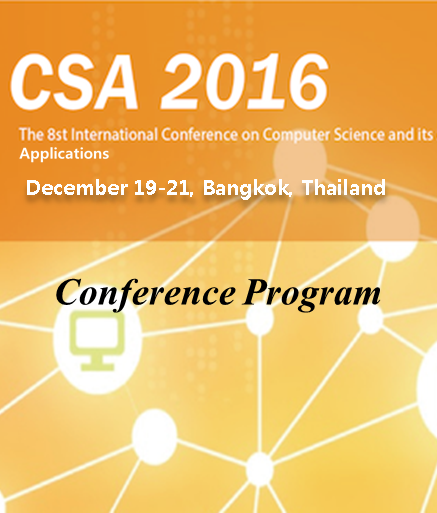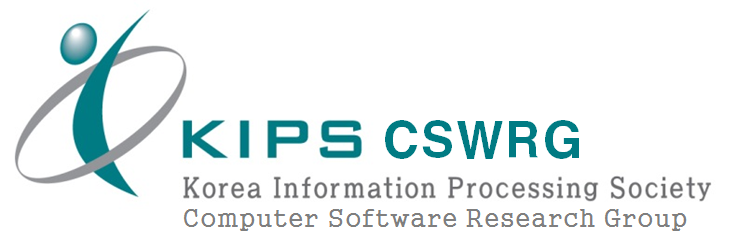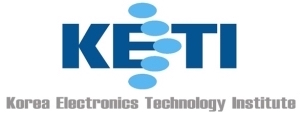 Plenary Speaker
Plenary Speaker

Deep Learning for Big Data and Bioinformatics
Yi Pan, Ph.D.
Regents’ Professor and Associate Dean
Georgia State University
Atlanta, Georgia, USA
Abstract:
Deep learning is a very hot area of machine learning research with many remarkable recent successes in computer vision, automatic speech recognition, natural language processing, and audio recognition, and medical imaging processing. AlphaGo, the first Computer Go program to beat a professional human Go player, uses a deep learning method. Although various deep learning architectures such as deep neural networks, convolutional deep neural networks, deep belief networks and recurrent neural networks have been applied to many big data applications, using deep learning to solve bioinformatics problems is still in its infancy. In this talk, I will outline the challenges and problems in existing deep learning methods when applying it to big data in general and bioinformatics in particular, and propose several variations to improve the accuracies and learning speeds of the existing deep learning architectures and methods. These new deep learning architectures and algorithms will be applied to several bid data applications including image segmentation, DNA sequence annotation, long intergenic non-coding RNA detection, and gene structure prediction. The data encoding schemes, the choice of architectures and methods used will be described in details. Performance comparisons with other machine learning and existing deep learning methods will be reported. The experimental results show that deep learning is very promising for many bioinformatics applications. Future research directions in this existing area will also be outlined.
Biography:
Yi Pan is a Regents’ Professor of Computer Science and an Associate Dean at Georgia State University, USA. He is also a visiting Changjiang Chair Professor at Central South University, China. Dr. Pan received his B.Eng. and M.Eng. degrees in computer engineering from Tsinghua University, China, in 1982 and 1984, respectively, and his Ph.D. degree in computer science from the University of Pittsburgh, USA, in 1991. His profile has been featured as a distinguished alumnus in both Tsinghua Alumni Newsletter and University of Pittsburgh CS Alumni Newsletter. Dr. Pan's research interests include parallel and cloud computing, wireless networks, and bioinformatics. Dr. Pan has published more than 180 journal papers with over 60 papers published in various IEEE journals. In addition, he has published over 150 papers in refereed conferences. He has also co-authored/co-edited 40 books. His work has been cited more than 8000 times. Dr. Pan has served as an editor-in-chief or editorial board member for 15 journals including 7 IEEE Transactions. He is the recipient of many awards including IEEE Transactions Best Paper Award, IBM Faculty Award, JSPS Senior Invitation Fellowship, IEEE BIBE Outstanding Achievement Award, NSF Research Opportunity Award, and AFOSR Summer Faculty Research Fellowship. He has organized many international conferences and delivered keynote speeches at over 50 international conferences around the world.
 Invited Speaker 1
Invited Speaker 1

Improving Situational Awareness with Granular and Computational Intelligence
Vincenzo Loia, Ph.D.
Chair Professor Department of Management and Innovation Systems University of Salerno Italy
Abstract:
Situational Awareness is usually defined in terms of what information is important for a particular job or goal. Most of the problems with Situational Awareness occurs at the level “Perception” and “Comprehension” because of missing information, information perceived in a wrong way or also information not pertinent with respect to the specific goal. Situational Awareness requirements are different for different domains and human roles, this demands taking into account different views and levels of “granularity” of information and approximate representation. Situational Awareness oriented systems have to organize information around goals and provide a proper level of abstraction of meaningful information. To answer these issues, we propose general human-oriented perception model consists of three processes (not strictly separated ):
- Sensation: the basic experience generated as stimuli fall on our sensory systems
- Perception is the interpretation of the sensations, giving them meaning and organization
- Cognition: acquisition, retrieval and exploitation of the information
Dr. Vincenzo Loia received B.S. degree in computer science from University of Salerno , Italy in 1985 and the M.S. and Ph.D. degrees in computer science from University of Paris VI, France, in 1987 and 1989, respectively. From 1989 he is Faculty member at the University of Salerno where he teaches Situational Awareness, IT Project & Service Management. His current position is as Full Professor of Computer Science at Department of Management and Innovation Systems. He was principal investigator in a number of industrial R&D projects and in academic research projects. He is author of over 390 original research papers in international journals, book chapters, and in international conference proceedings. He edited four research books around agent technology, Internet, and soft computing methodologies.
 Invited Speaker 2
Invited Speaker 2

How to protect enterprise security from photo-shot of micro devices and smart phones?
John Choi, Ph.D.
Professor at Sangmyung University, Korea
Abstract:
Smartphones, cameras and micro devices are the source of confidential information leakage. Information displayed on user devices can be easily filmed or photoed. To trace sources of information leakage a new text watermarking system is developed which can embed more than 230 distinct user information invisibly into a single page. This enterprise security system can frustrate malicious users by continuously changing embedding parameters, embedding mode every line and initial embedding point every page.
Biography:
John Choi earned his Ph.D from University of South Carolina in 1988, worked as a Director, AI lab at SERI, KIST(System Engineering Research Institute) 1988-1991, and then taught computers at department of computer science, Sangmyung University 1991-2016. While he was teaching computers at Sangmyung University, he established an enterprise, MarkAny, with his lab students in 1999.
Based on Watermarking and DRM (Digital Right Management) technologies, Dr. Choi has successfully developed and provided solutions: internal security product, forgery prevention system, e-book platform, audio watermark, and video watermark. MarkAny’s audio watermarking technology is being employed by global music distributors including Universal Music Group, Sony BMG, Warner Bros., etc., for music pre-release. MarkAny has provided document security solutions to more than 2,200 sites in the world.
Because of his career in the development of copyright protection technologies, DRM and Watermarking, he is leading a national R&D project of developing 3D content copyright protection system and technology.






